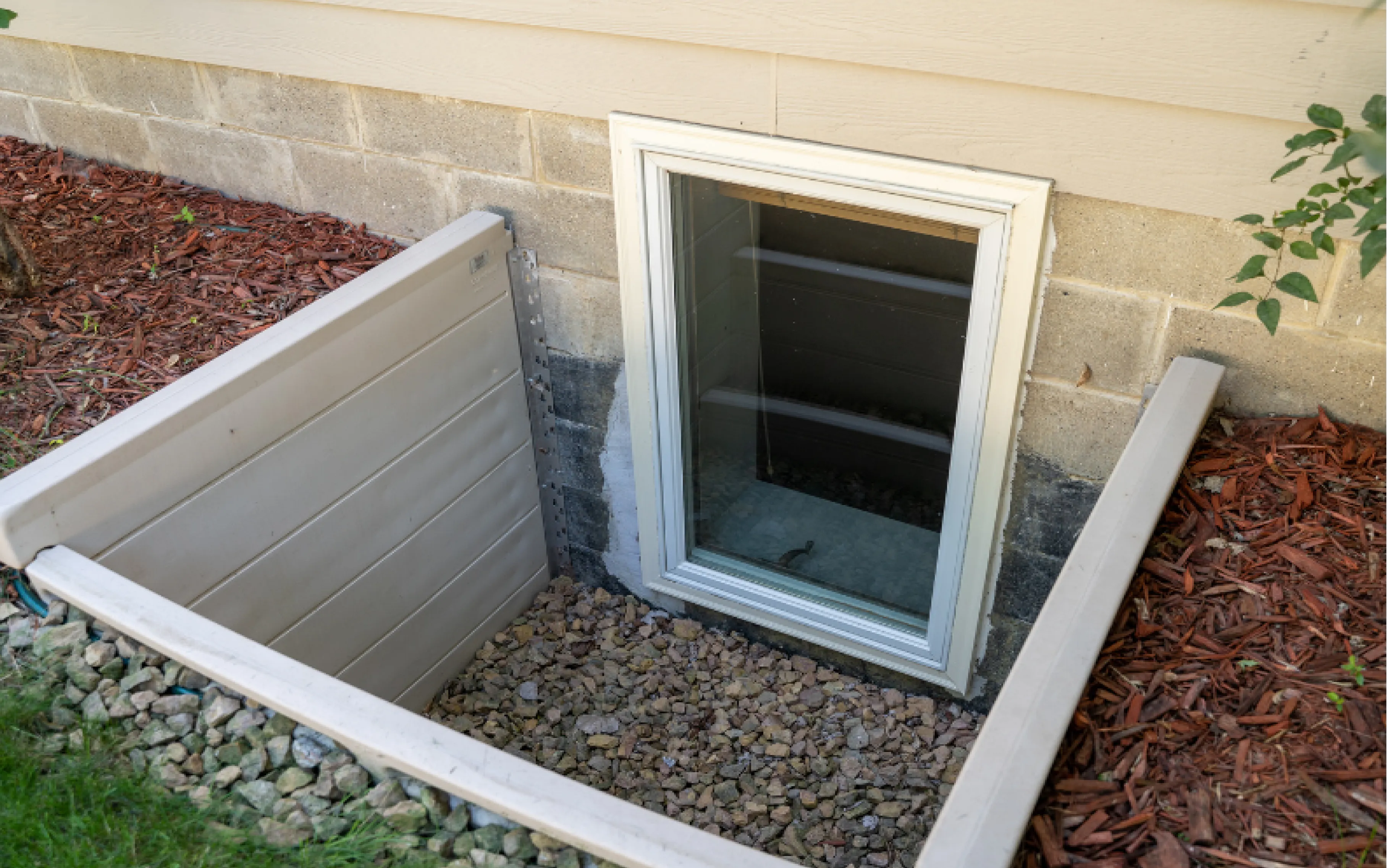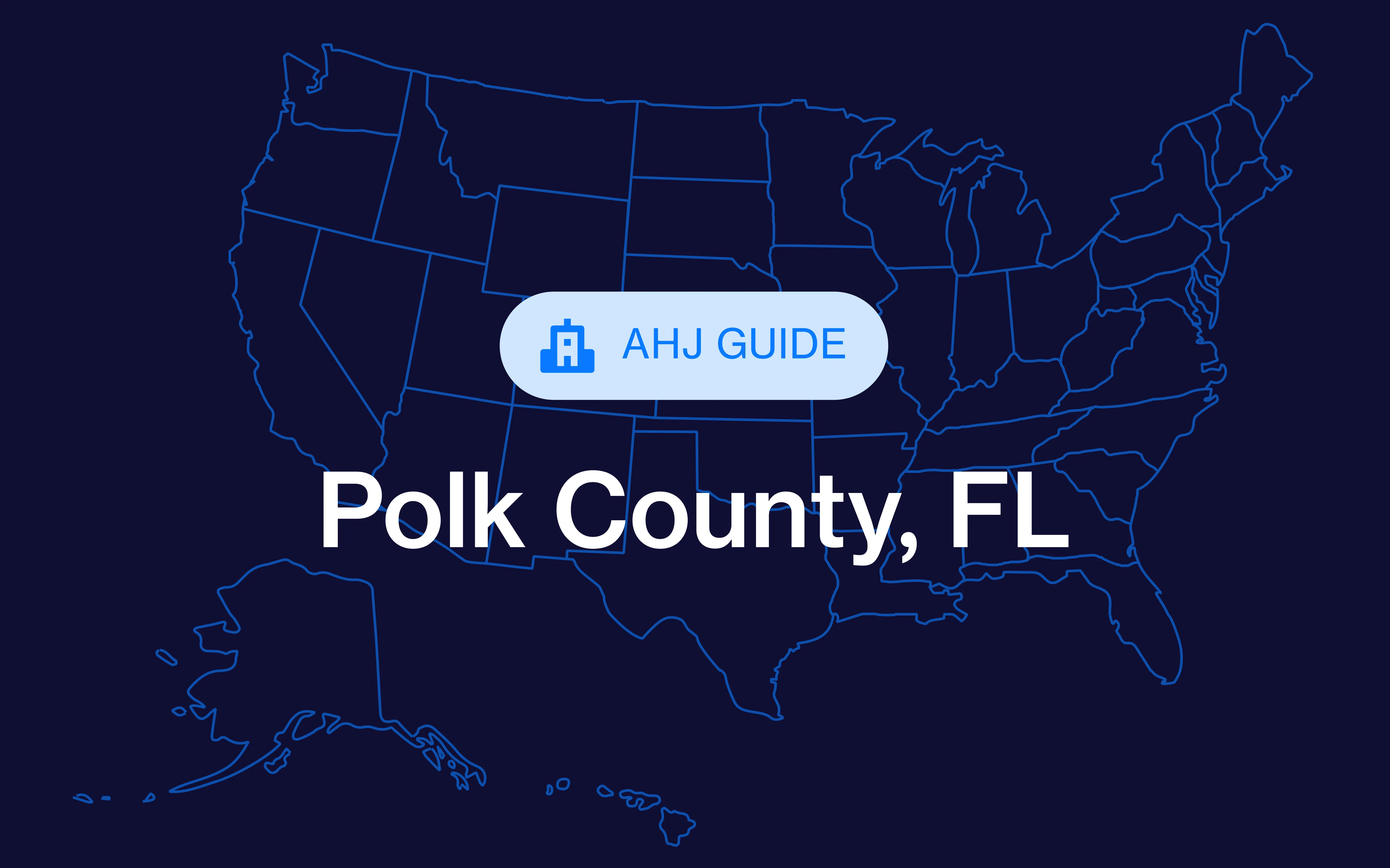When renovating egress windows, a standard window replacement permit usually won’t suffice. Understanding the rules around egress windows is essential to staying compliant, navigating the permitting process efficiently, and maintaining high quality standards for customers.
In this guide, we’re discussing:
- When you’ll need an egress window permit
- The average cost of one
- What documents you’ll need
- How to speed up the permitting process to keep your projects on track
Pull egress window permits faster with PermitFlow. Learn how.
Do I need a permit for an egress window?
Yes, you’ll usually need a permit to install an egress window.
Egress windows are designed to serve as an emergency exit in the case of a fire, flood, or other emergencies. These are typically required in any basement bedrooms or habitable living spaces below ground level. For the exact specifications for when an egress window permit is required, always check with your local permitting office.
You’ll need to pull an egress window permit if you’re:
- Installing a brand new egress window that didn’t exist previously
- Cutting through a foundation wall to create or expand an opening
- Converting a non-living space (like a basement) into a bedroom or rental unit
- Changing the structure of the home in a way that affects the means of egress
You might need to apply for an egress window permit if you’re:
- Replacing an existing egress window with a new one of the same size and location
- Performing routine repairs that don’t involve structural changes
Always remember that permitting rules vary significantly from one municipality to another.
Check out PermitFlow’s Municipal Guides to learn more about permitting requirements in your jurisdiction.
.webp)
Average cost of an egress window permit
The cost of an egress window permit varies widely depending on the location, project scope, and whether or not structural changes are involved. On average, you can expect to pay anywhere from $50 to $500 for an egress window permit.
Factors that influence the cost of your permit include:
- Location: Urban areas often have higher permitting fees in comparison to rural areas.
- Project complexity: Cutting into the foundation or modifying a load-bearing wall may require additional engineering review, thus increasing the permitting cost.
- Permit bundling: Some municipalities offer bundled permits if you’re performing multiple improvements at once.
While permitting fees are just one facet of the total job cost, failing to obtain a permit can result in significant penalties, project delays, or having to redo work that isn’t up to building code. These outcomes are far more costly and time-consuming than the permitting process itself.
What do you need to apply for an egress window permit?
Submitting a complete and code-compliant application for your egress window permit is the first major step of your project.
Most egress window permit applications will include:
- Site plans: Show where the window will be installed.
- Construction drawings: Includes window dimensions, sill height, and well depth (if applicable).
- Engineering documents: If cutting into foundation walls or altering a load-bearing structure, you’ll often need sign-off from a structural engineer.
- Scope of work: Outline materials, installation methods, and timelines.
- Permit application form: The completed form specific to your unique municipality.
Standard egress code requirements as stated by the 2024 International Building Code:
- Minimum net clear opening: 5.7 square feet
- Minimum opening height: 24 inches
- Minimum opening width: 20 inches
Collecting all of the documentation before submission helps you save time and prevent back-and-forth with the building department.
How to pull egress window permits faster
One of the most frustrating parts of being a contractor is the waiting period during the permitting process.
If you’re sick of timelines being thrown off by poor permitting, here are some solutions to try:
- Use permitting software
- Software like PermitFlow can help submit accurate applications, track permit status, and get permits approved faster.
- Create reusable permit packets
- Standardize your application language and documentation templates. For example, if you regularly install the same type of egress windows, have a baseline package that you can tailor per job to save time.
- Build relationships with local permitting staff
- Contractors who know local inspectors and plan reviewers often enjoy smoother communication and quicker resolutions if an issue arises.
- Stay up to date with code changes
- Nothing slows a permit down more than submitting plans that don’t meet current requirements. Always stay up to date to ensure your standard designs will apply.
Why fast, compliant permitting benefits your business
Faster permits mean:
- Quicker job starts and faster payments
- Happier clients who experience minimal delays
- More accurate project timelines, giving you a leg up with competitive bids and more accurate cash flow predictions
Proper permitting also minimizes the risks of:
- Fines, stop-work orders, and inspections that uncover unpermitted work
- Liability if something goes wrong post-installation
- Damage to your professional reputation with homeowners, investors, and inspectors.
Make permitting work for you
Rather than treating permits as a hassle or a bump in the road, use them as a way to build trust with your clients, protect your team, and keep your work on schedule.
Implementing an efficient permitting strategy into your workflow helps your team move faster, stay compliant, and grow your contracting business, one project at a time.
Want to learn more about streamlining your permitting process with PermitFlow? Talk to one of our permitting experts today.








